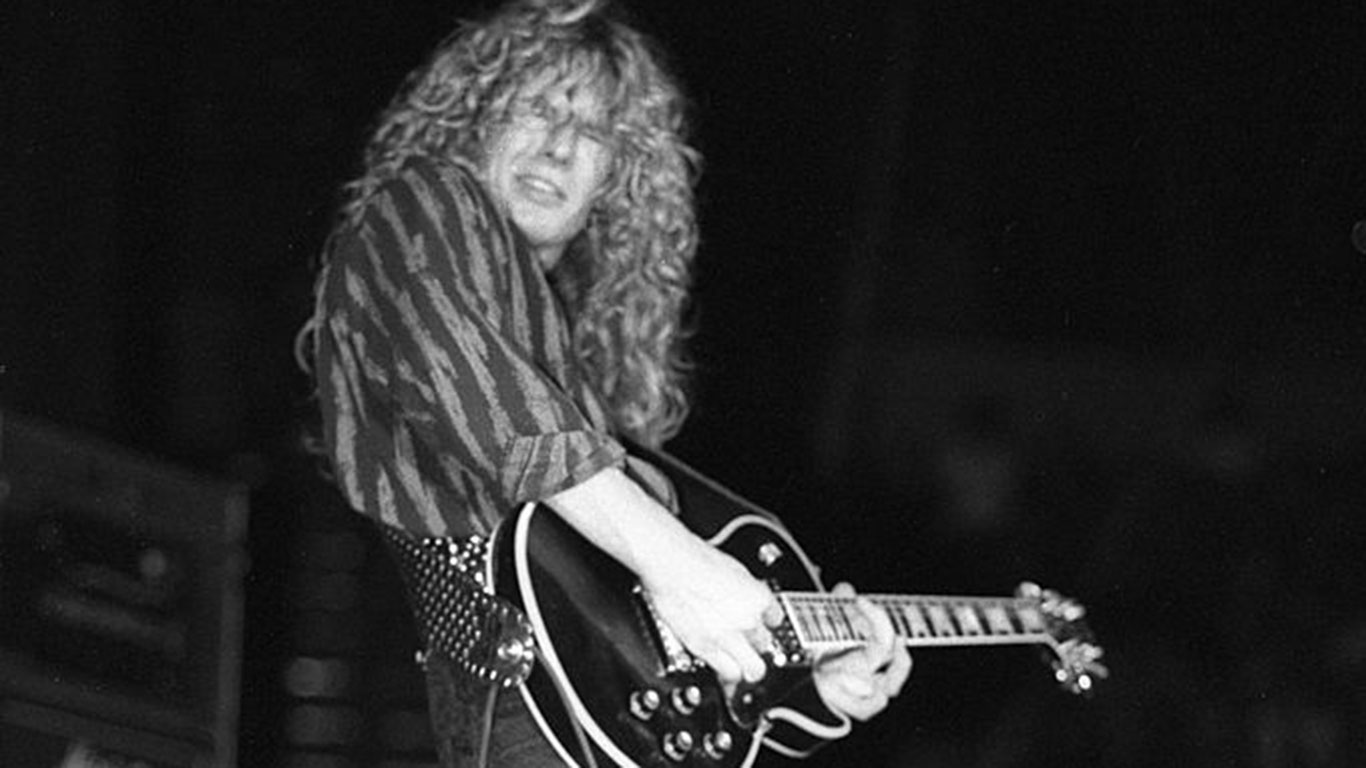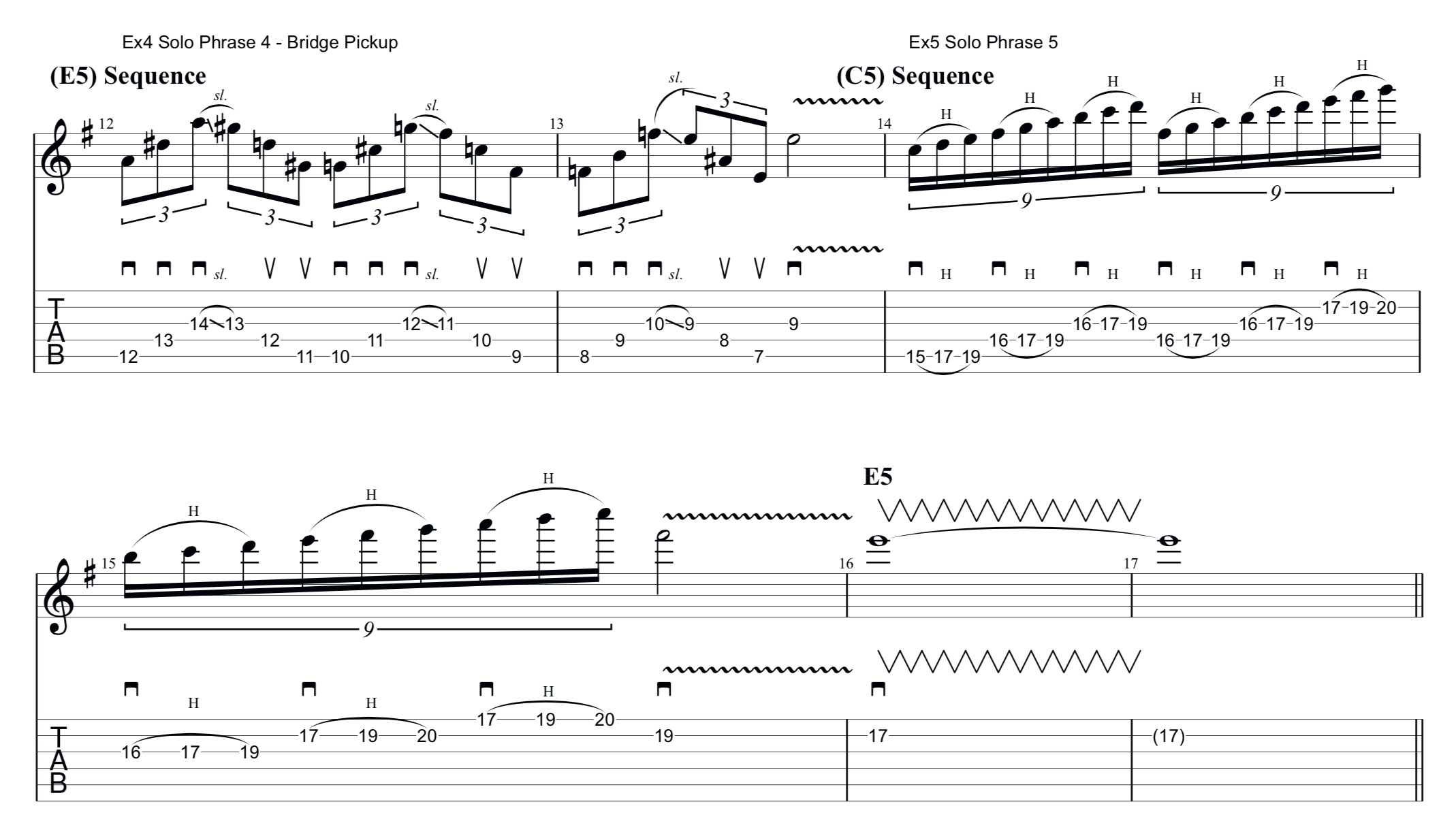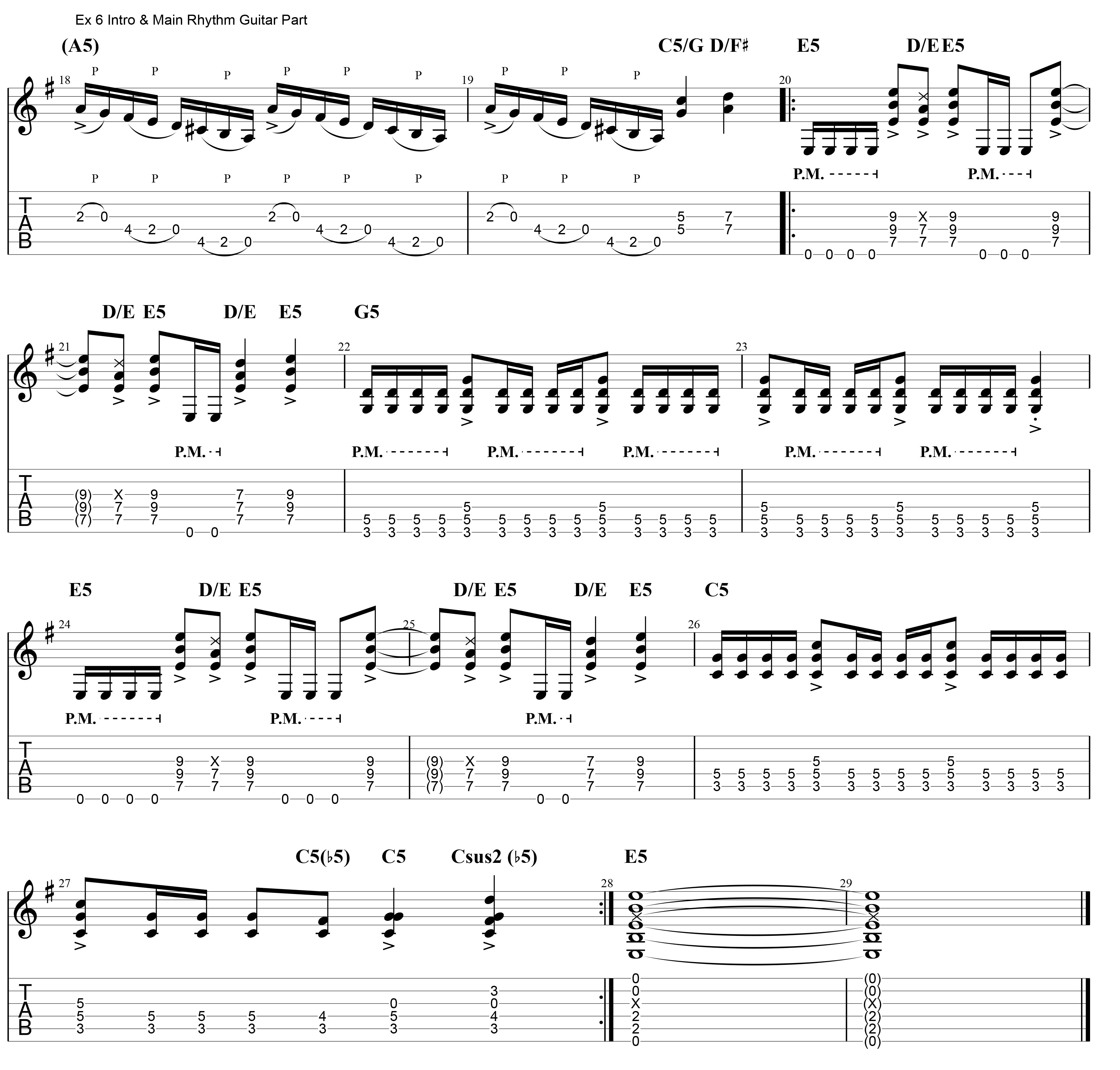5 guitar tricks you can learn from Whitesnake's John Sykes
An aggressive slice of rock rhythm and soloing

English rock guitarist John Sykes has worked with a number of different bands through the years - Streetfighter, Tygers Of Pan Tang, Badlands, Thin Lizzy, Phil Lynott, Whitesnake and Blue Murder - and from 1994 to date he has worked under his own name as a solo artist. His long‐awaited new solo album, A Brand New Day, is set for release this year.
Stylistically, I’d describe John as a player who has great classic rock/blues feel and who is also a very accomplished composer and vocalist. He always plays with tons of attitude and passion and has a highly evolved technique that covers the whole range from slow and soulful to super‐frantic and intense. His fast alternate picking - often heard in his rapid, nearly tremolo‐picked soloing and also in his ‘signature’ doubled‐note lines such as the main riff from the Blue Murder track Billy - and also his wide fret‐hand vibrato are models that are well worth aspiring to.
He’s always had a huge rock guitar tone and is synonymous with playing his modified late‐70s Les Paul Custom - which, incidentally, Gibson released as a signature model in 2006. Amp‐wise, he’s well known for using Jose Arredondo‐modified Marshalls (JCM800s) live. In the studio, however, both Mesa/Boogie Coliseum heads and the Marshalls were often used, with no drive/distortion pedals. The only effects live were rack‐mounted chorus and delays. In the studio, the effects used were what was in the studio at the time - chorus, delay, ADT, EQ, reverb and so on.
This issue, I’ve come up with a short piece featuring a typical fast rhythm guitar part and an accompanying wailing ‘shred’ solo that hopefully both illustrate some key elements of John’s playing style back during 1987’s classic Whitesnake album period.
Example 1 Solo Phrase 1: Wide Vibrato & Stretch Scale Lines
This first phrase kicks off with the kind of wide fret-hand vibrato that is such a big part of John's style. Notice how the bend in bar I is followed by an eighth-note rhythmic vibrato that's around one tone wide. Depending upon how heavy your string gauge is, this can be pretty tough on your fretting hand, so I'd recommend you work it up gradually over time.
Bars 3 to 4 contain the pentatonic/blues-scale stretch idea in which two positions are combined using fast picking and legato. This idea is a great way to extend your licks. In the key of E minor, as here, it shouldn't present any technical problems (other than the 152bpm tempo!). In other keys played lower down the neck, the stretches will become much harder. They're still worth working on, though.
Example 2 Solo Phrase 2: Fast-Picked Pentatonics
Hyper-fast repeating licks such as these in bars 5 to 8 are yet another often-heard facet of John's playing. In this phrase, which is played on the neck pickup, there are essentially two four-note pentatonic scale 'cells' going on: the first is at the 12 fret and the second is at the 7th fret. These 'cells' are all phrased in straight 16th notes but are generally in a six-note grouping. Using this grouping causes an interesting rhythmic displacement' and thus makes the idea sound less predictable.
Want all the hottest music and gear news, reviews, deals, features and more, direct to your inbox? Sign up here.
Technically, you really need to relax your picking hand as much as you can and 'go for it'. I'd recommend you pick every note, including the pull-offs — preferably using a down and slightly forward pick slant angle to allow less resistance from the strings to the pick. This style of picking does tend to blur the line between tremolo picking and conventional alternate picking. Incidentally, as I mentioned earlier, on the video version I double-tracked the entire solo and rhythm part — in other words, I played everything twice. This not only sounds big and cool but also it is great discipline and practice in seeing how accurate (or not!) you are. Try it. Note that in the studio John himself would often double-track his solos or use chorus, delays or ADT to make them sound bigger.
Example 3 Solo Phrase 3: Higher Fast-Picked Pentatonics
This is really a continuation of the preceding phrase, but it obviously continues higher up the neck. Technically, the same points for Example 2 will apply here. However, this four-bar phrase is slightly trickier, particularly the transition between bars 10 and II where the lick kind of turns around' going into the G chord. Work through it slowly and it should make complete sense. The lick ends on a high 4th-to-5th C-to-D bend against the underlying G chord. Play this with a wide vibrato and also 'dig in' with the pick and the side of the picking-hand thumb, trying to achieve either a pinched harmonic or a 'semi-harmonic' on the final bend.
Example 4 Solo Phrase 4: Atonal Bliss
John sometimes likes to throw a curveball and play 'outside' lines. I'm pretty sure this example is similar to one I stole from him. It's simply a chromatically descending sweep-picked slide pattern that makes great use of the dissonantb5 interval. It goes way 'outside', but it's a real head-turner. It obviously wouldn't be too great if this element of the solo was used in a tender love ballad, for example, but in this kind of fast, driving, aggressive rock situation, I think it's perfect!
Example 5 Solo Phrase 5: Nested Triplet Lydian Legato
This three-note-per-string legato line is typical of 80s rock guitar styles. The scale used is C Lydian (1, 2, 3, #4, 5, 6, 7, 1) and it's phrased in 'nested triplets' during which the bar is divided into six (as in two quarter-note triplets) and then these are each further divided by three, causing there to be nine notes every two beats, or 18 notes per 4/4 bar. I know this sounds complicated, but trust me — it is far easier to pick up by attentive listening. Aim to play this as accurately as you can and don't worry about using all four fretting hand fingers. Space is tight this high up the neck and you might well find that a three-finger approach is more comfortable. Experiment.
Example 6 Intro & Main Rhythm Guitar Part
This final example contains the intro lick and rhythm guitar part that is under the solo. This might not seem as exciting as the solo itself, but it is actually as important, if not more so. The intro unison pull-offs are a typical John Sykes idea and were possibly inspired by one of his influences, the late great Randy Rhoads. Dig in on the accented notes in this section and also try to maintain the flow and it should be fine.
The main rhythm part should be good for getting your muted bass-note chops and accuracy tight. Notice how in, say, bar 9 there are four muted E bass notes followed by three, followed by two — that is a lot of fun to play consistently. The one-bar figures on the G and C chords are a challenge, too. Finally, notice the Csus2 (55) chord at the end of bars 8 and 16. I love this Lydian chord voicing and I think I actually first heard it on the classic Whitesnake song Is This Love, co-written by John and David Coverdale.
In closing, I'd like to thank my old friend, colleague and über-bassist Neil Murray for helping me out with some valuable insights and info for this column. Nice one!




